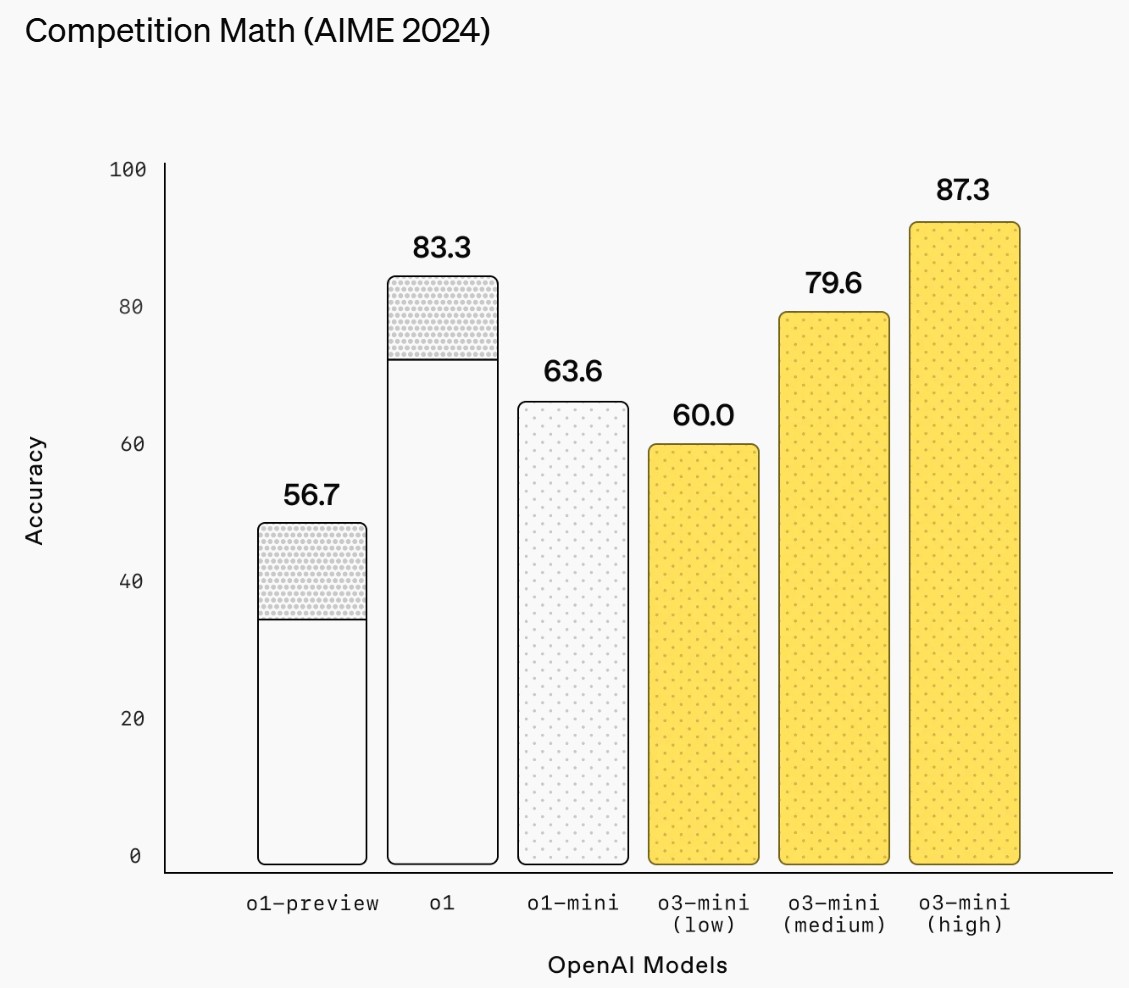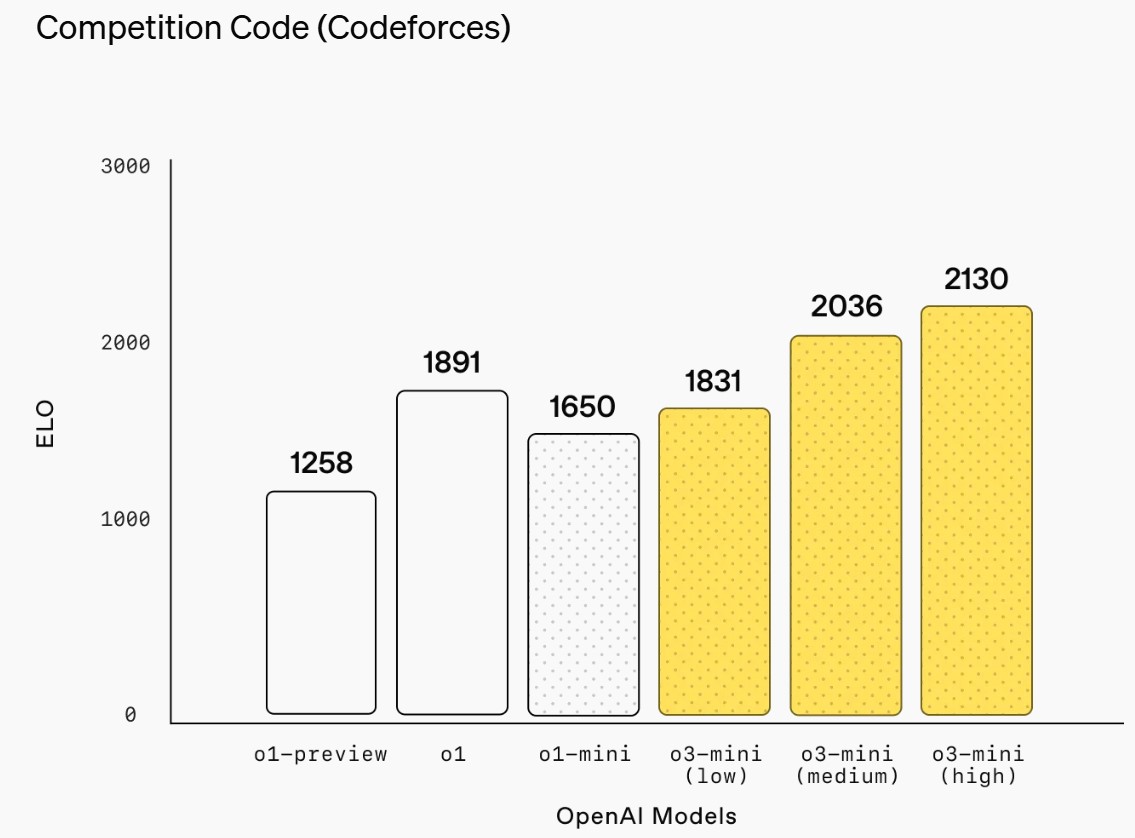BREAKING NEWS
LATEST POSTS
-
9 Best Hacks to Make a Cinematic Video with Any Camera
https://www.flexclip.com/learn/cinematic-video.html
- Frame Your Shots to Create Depth
- Create Shallow Depth of Field
- Avoid Shaky Footage and Use Flexible Camera Movements
- Properly Use Slow Motion
- Use Cinematic Lighting Techniques
- Apply Color Grading
- Use Cinematic Music and SFX
- Add Cinematic Fonts and Text Effects
- Create the Cinematic Bar at the Top and the Bottom

-
Netflix removes movie noise, saves 30% bandwidth and adds it back again
https://www.slashcam.com/news/single/Netflix-removes-movie-noise–saves-30–bandwidth-a-17337.html
”’Filmmaker Parker Gibbons has drawn attention to a very interesting fact: Netflix removes film noise before streaming its movies and artificially adds it back when decoding. This is because digitally shot films are actually free of any film grain, the very specific (not to be confused with noise caused by too little light) noise that occurs in analog filming. But this type of noise has become so associated with “real” motion pictures through the long history of film (as a component of the film look) that it is unconsciously perceived by many viewers as an important feature of a motion picture.
…
This leads to a difficult-to-resolve contradiction between, on the one hand, film material that is as compressible and noise-free as possible, and, on the other hand, the noise caused by film grain that is desirable for the film look. Netflix has found a very special solution to resolve this contradiction. It uses a very special function of the open source
 AV1 video codec, which Netflix has been using for a long time, namely the artificial
AV1 video codec, which Netflix has been using for a long time, namely the artificial  synthesis of film grain. Thus, film noise is first analyzed using statistical methods before compression and then removed for efficient compression. According to Netflix, this saves around 30% of the data during transmission.”’
synthesis of film grain. Thus, film noise is first analyzed using statistical methods before compression and then removed for efficient compression. According to Netflix, this saves around 30% of the data during transmission.”’ -
Stratasys J55 – full color 3D Printer
Margaret Dost’s Archer Elf in full color using the Stratasys J55 at Fonco Studios
Water-soluble support material with no sanding and no paint. -
Netflix Acquires Animation Studio Animal Logic
https://deadline.com/2022/07/netflix-acquires-animation-studio-animal-logic-1235072619/
https://animallogic.com/wp-content/uploads/2022/07/AnimalLogic_PressRelease_Final.pdf
NETFLIX ACQUIRES WORLD LEADING INDEPENDENT ANIMATION STUDIO ANIMAL LOGIC
19 July 2022 Netflix and Animal Logic are excited to announce today that Netflix plans to acquire the
Australian animation studio.* This acquisition will support Netflix’s ambitious animated film slate,
building on films like Academy Award-nominated Over the Moon, Academy Award-nominated Klaus
and the recently released The Sea Beast
FEATURED POSTS
-
OpenAI releases o3-mini
https://openai.com/index/openai-o3-mini
OpenAI o3-mini is our first small reasoning model that supports highly requested developer features including function calling(opens in a new window), Structured Outputs(opens in a new window), and developer messages(opens in a new window), making it production-ready out of the gate.
o3-mini does not support vision capabilities, so developers should continue using OpenAI o1 for visual reasoning tasks.
ChatGPT Plus, Team, and Pro users can access OpenAI o3-mini starting today, with Enterprise access coming in February. o3-mini will replace OpenAI o1-mini in the model picker, offering higher rate limits and lower latency, making it a compelling choice for coding, STEM, and logical problem-solving tasks.
As part of this upgrade, we’re tripling the rate limit for Plus and Team users from 50 messages per day with o1-mini to 150 messages per day with o3-mini.Starting today, free plan users can also try OpenAI o3-mini by selecting ‘Reason’ in the message composer or by regenerating a response. This marks the first time a reasoning model has been made available to free users in ChatGPT.



-
3D Lighting Tutorial by Amaan Kram
http://www.amaanakram.com/lightingT/part1.htm
The goals of lighting in 3D computer graphics are more or less the same as those of real world lighting.
Lighting serves a basic function of bringing out, or pushing back the shapes of objects visible from the camera’s view.
It gives a two-dimensional image on the monitor an illusion of the third dimension-depth.But it does not just stop there. It gives an image its personality, its character. A scene lit in different ways can give a feeling of happiness, of sorrow, of fear etc., and it can do so in dramatic or subtle ways. Along with personality and character, lighting fills a scene with emotion that is directly transmitted to the viewer.
Trying to simulate a real environment in an artificial one can be a daunting task. But even if you make your 3D rendering look absolutely photo-realistic, it doesn’t guarantee that the image carries enough emotion to elicit a “wow” from the people viewing it.
Making 3D renderings photo-realistic can be hard. Putting deep emotions in them can be even harder. However, if you plan out your lighting strategy for the mood and emotion that you want your rendering to express, you make the process easier for yourself.
Each light source can be broken down in to 4 distinct components and analyzed accordingly.
· Intensity
· Direction
· Color
· SizeThe overall thrust of this writing is to produce photo-realistic images by applying good lighting techniques.





